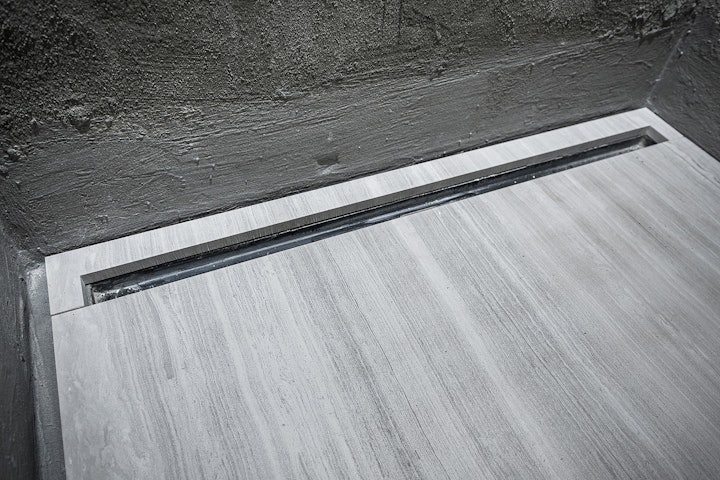Developing a construction schedule for a building project
03.2022
Developing a construction schedule for a building project is a key element
One of the cornerstones of a construction project that runs smoothly has to be the schedule. It is absolutely indispensable, given the variants that come into play in any building project and the number of different parties and moving parts involved. Investing time up front to create a detailed, realistic timeline will pay back many times over, so it’s important to ensure it is done well, right from the start.
Whatever system or software you use, even if it is a simple XL spreadsheet, it should map out every single step, thinking about which elements can go ahead autonomously and which have a clear sequence or link to other steps, whether in terms of cost, time or order.

The starting point should be the list of tasks itemised in the project estimate, which should then be allocated to broader categories or steps. Typical examples are:
- Site preparation
- Demolition and removal
- Superstructure
- Any internal platforms or raised floor structures
- Waterproofing
- Internal and external stud wall frames
- Plumbing, electrics, heating pipes etc
- External cladding, eg plasterwork
- Floor laying and interior walls
- Joinery, fixtures and decoration
- Handover
The most effective tools tend to be in a chart form where you have both a macro and micro view of the project. This allows you to plan, coordinate and keep tabs on specific tasks or activities without losing sight of the big picture, together with timing, resources and costs.
Generally speaking, there are two main types of schedules or planning tools used in construction project management: Gantt and PERT.
Let’s take a quick look at them one by one.

The Gantt chart
The so-called Gantt chart has its roots as far back as 1915 when the American mechanical engineer Henry Gantt, developed a method of describing production planning and resource loading. Using a bar chart format, he plotted the tasks needing to be done along the horizontal axis, and the time (be it days, weeks or months), on the vertical one, showing the progression of time through the phases of a project.
This visual approach made it easy to follow, as well as understand how different tasks impacted on others.

The PERT Chart
An acronym for Programme Evaluation and Review Technique, it was created by the US. Navy’s Special Projects Office in 1957.
The difference between a Gantt chart and PERT is that the latter is more of a diagram, showing interdependency between tasks, and how one aspect can impact on another, thus allowing you to understand the critical path.
Whichever type of project management tool you use, the bottom line is that it enables you to plan and monitor activities related to a construction or design project and keep tabs on timings and budget so that you deliver on time to a happy client.
In summary, the key benefits of such a tool are:
- Coordinate the activities of the workforce, machinery and transport required, as well as keep them all on track and accountable
- Keep tabs on production and all the associated costs
- Break down a project into its individual parts, enabling you to calculate and allocate the necessary resources more accurately
- Calculate the precise duration of every activity or step
- Identify the most efficient timing for each activity.





